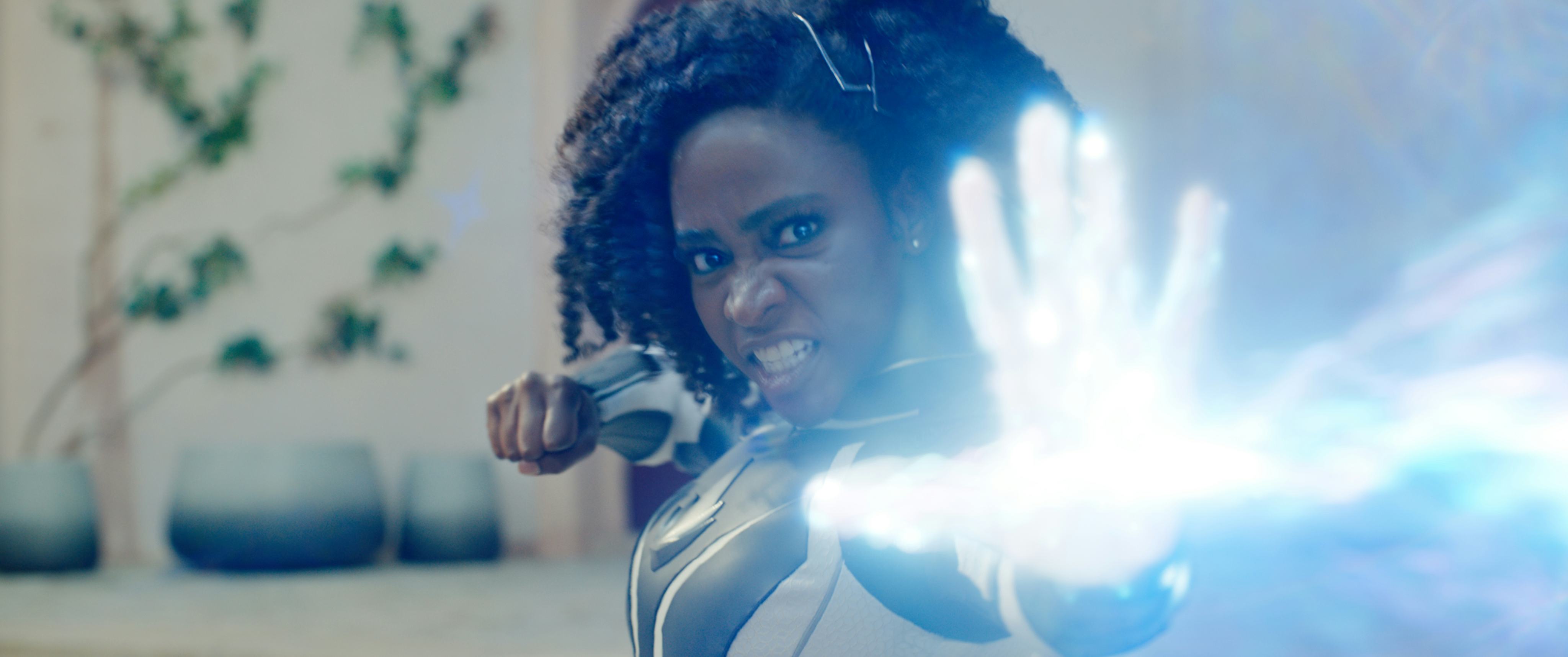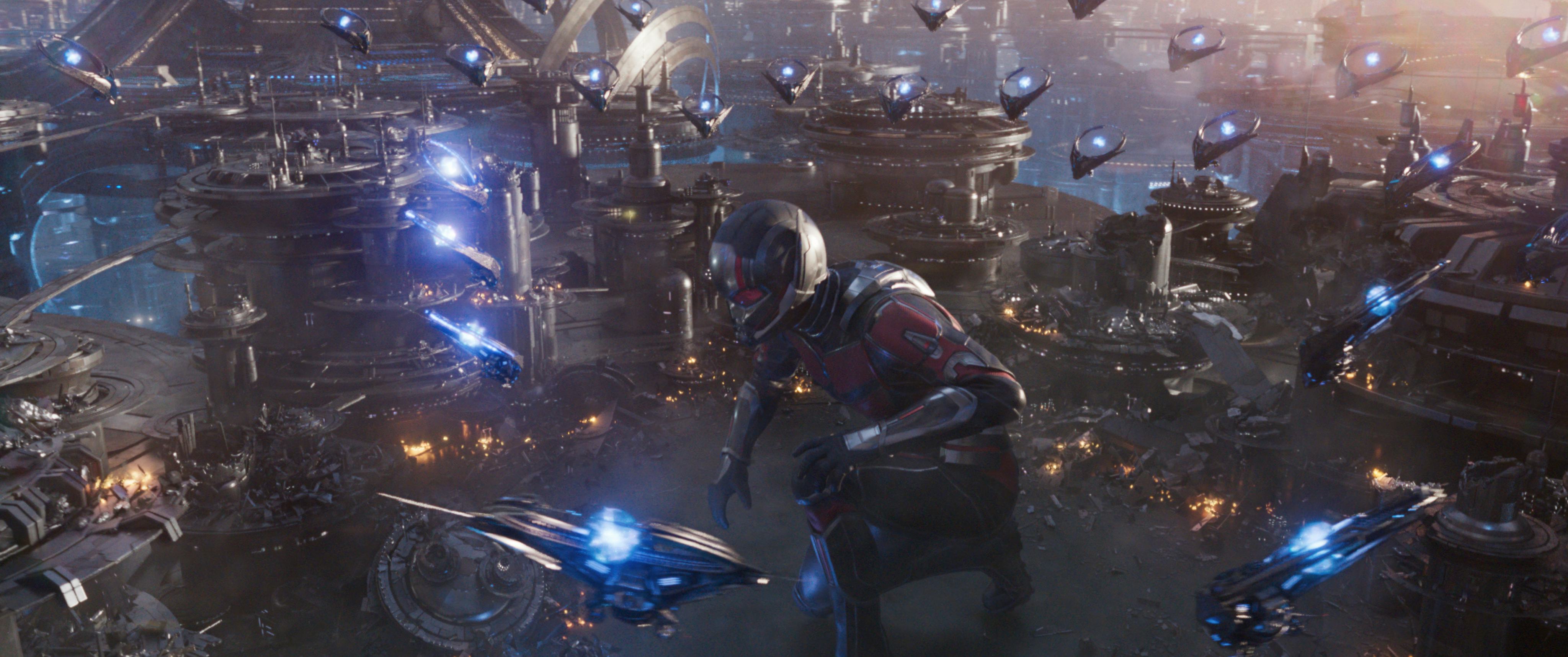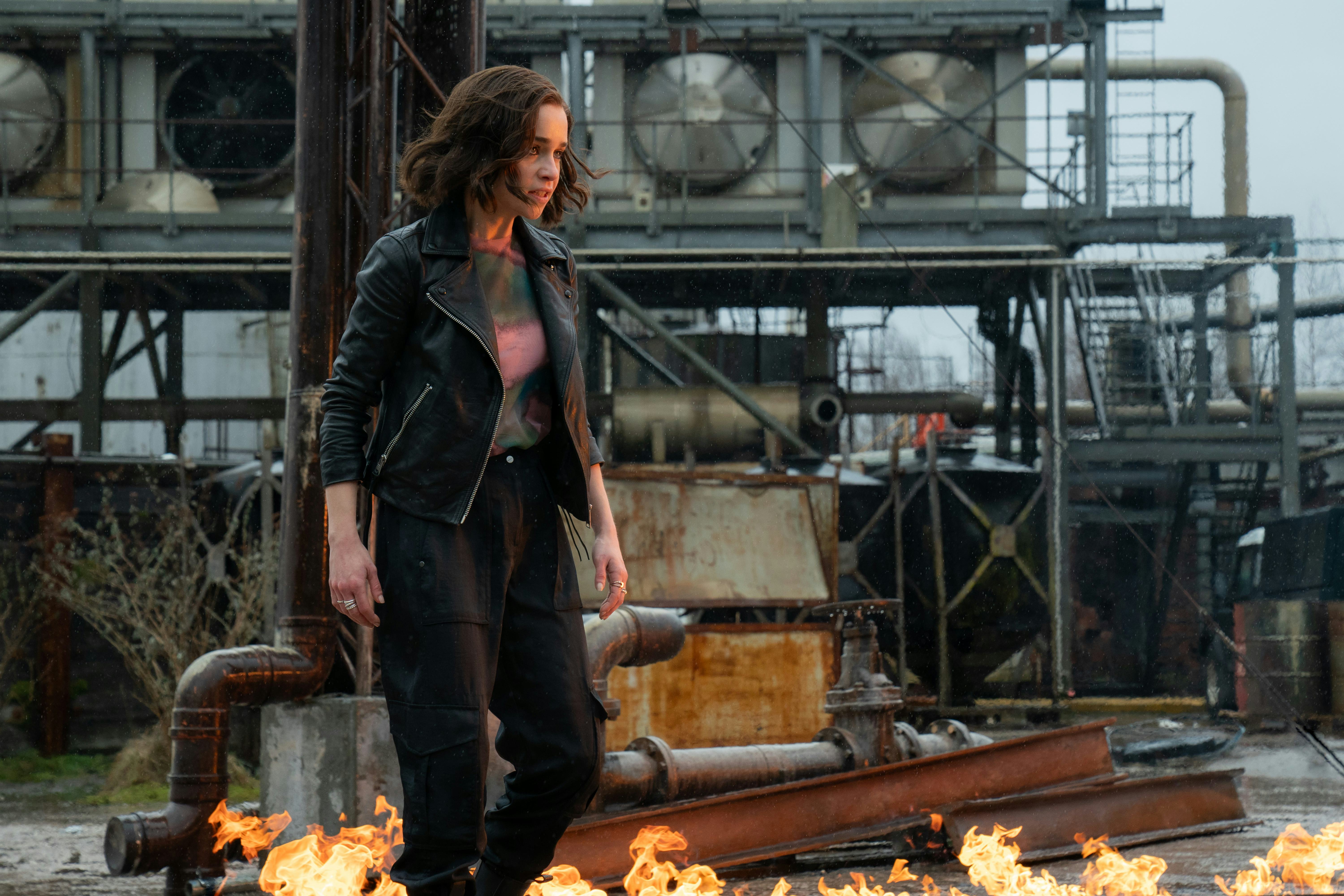
The other shoe may finally be dropping for Marvel Studios. As writers’ and actors’ unions continue to strike in protest of their treatment by studios and streamers, an underrepresented group of filmmakers may soon follow suit. Marvel’s in-house visual effects team has been moving to unionize, and a new agreement between the International Alliance of Theatrical Stage Employees and Disney will allow the studio’s VFX workers to vote on the issue.
A VFX union could be certified before the year is out, according to The Hollywood Reporter. While Marvel’s crew is the only one currently involved in the vote, a union would allow all VFX workers to fight for fair wages, healthcare benefits, and more sustainable workloads. “The majority of VFX workers should be able to find their home in this new union,” says Mark Patch, an organizer for IATSE, and one of the leading forces behind the unionization push.
This update comes on the heels of a roiling, years-long conflict for VFX workers. As the VFX industry flails, Marvel has been one of the main studios to blame for both deteriorating on-screen quality and waning morale behind the scenes. The finer details have been covered by Inverse and by publications like Vulture, IGN, and io9, but the basic problem is simple: VFX workers are being overworked and underpaid, with no reprieve or protections in sight.

Marvel’s projects have been piling up at third-party production companies for a long time, but the workload doesn’t match the number of artists available to do the work. “With Disney+ and its advent, there was a bunch of new content that was being requested for the service,” Alex Torres told IGN. “Visual effects workers were so tapped out and being spread out so thin that shows were waiting in line to essentially get their work done.”
Patch served as a production coordinator for Marvel’s WandaVision, so he understands the studio’s new push for content better than most. “We are in this position now where we feel like our lives are ultimately unsustainable,” Patch explained. “When you’re turning a 90-minute movie into a 10-hour feature basically, you’re doing 10 times the amount of work within the same, or even sometimes a shorter period of time.”
Executives have elected to cut corners to avoid delays. Marvel has even had to prioritize some projects over others, a choice that backfired with Ant-Man and the Wasp: Quantumania, an ugly CGI-forward blockbuster that was hurt by franchise fatigue. The backlash only worsened with recent efforts on Disney+, like She-Hulk: Attorney at Law and Secret Invasion, which were called out for VFX that looked cheap and rushed. Goodwill is running out for the superhero studio: the more VFX workers speak out against their treatment, the less likely Marvel and Disney can continue like this.

That’s why the effort to unionize, especially within Marvel, is such an important step forward. It may not seem like much now, but a VFX union could change how our biggest films are made. If workers elect to strike down the line, it would push Marvel’s content assembly line into indefinite limbo.
Disney CEO Bob Iger and Marvel Studios president Kevin Feige have toyed with focusing more on quality over quantity, but after another wave of lackluster content, their hints feel like empty promises. But VFX workers are much more powerful than they, and studios in general, seem to realize. They can make or break movies assumed to be untouchable, and could nudge the industry in a much more sustainable direction.
“Ultimately this is about respect for the work that we do, how essential we are for the filmmaking pipeline,” Patch said. “These are companies which are making billions of dollars off of our work, so ... we feel that this is one of the most reasonable demands that anyone’s ever made.”







